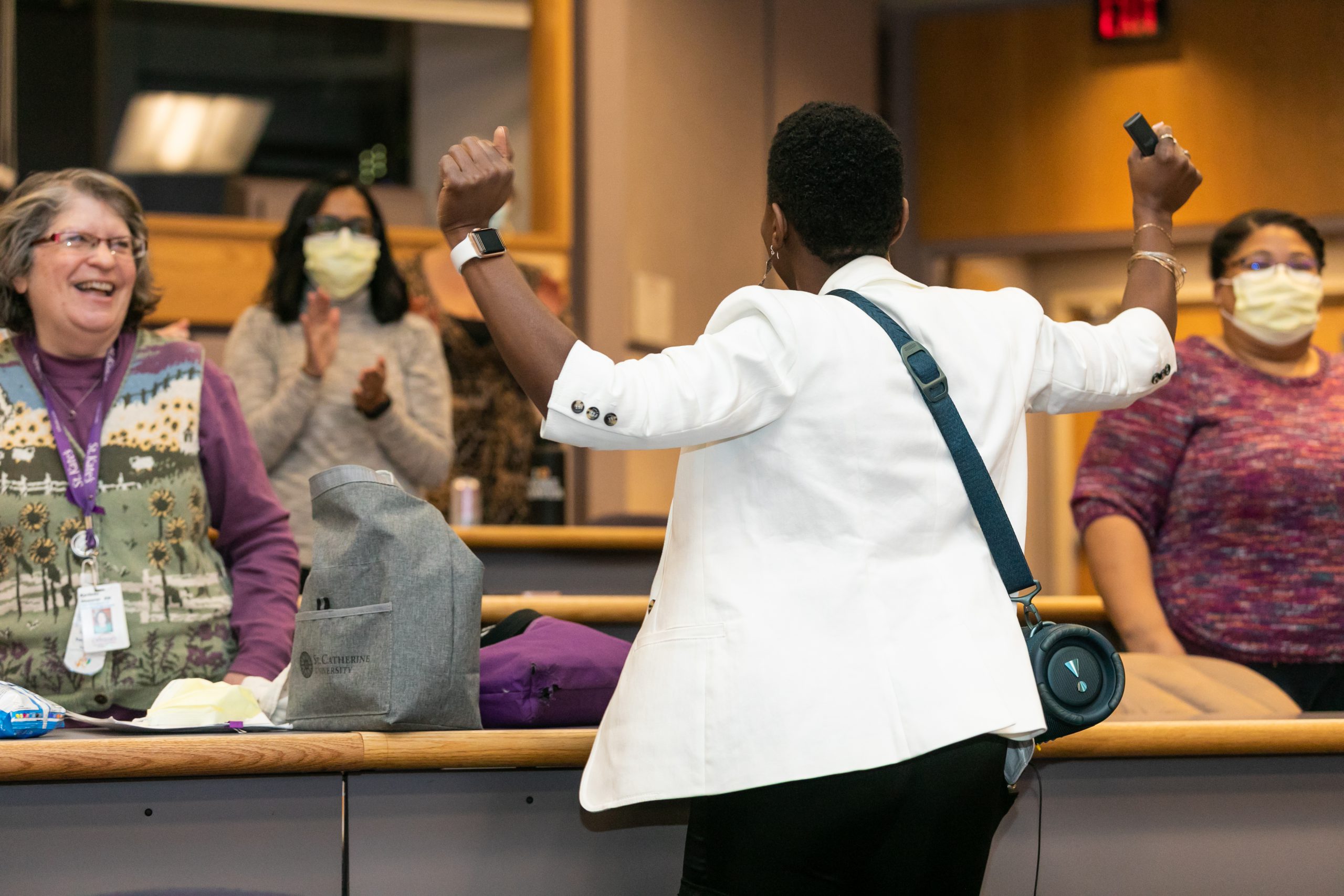EBP Council supports nurses’ pursuit of excellence
Children’s Minnesota nurses pursue excellence in their practice by continually asking, “Is there a better way?” Answering that question is the goal of evidence-based practice, a framework for holistic care that takes into account research, clinical findings and patients’ values. The Research and Evidence Based Practice (EBP) Council at Children’s Minnesota promotes integration of EBP into practice. The council also supports nurse-driven research and EBP projects by providing education and resources as they investigate evidence, make practice recommendations and implement changes.
In 2021, the council expanded access to the Nursing Journal Club, which provides all nurses the opportunity to discuss recent literature with a focus on applicability to practice at Children’s Minnesota. They also revised the Nursing Research, EBP, and Innovation pages on the Children’s Minnesota Nurse Web, supported the launch of a new EBP cohort, and developed guidelines for student projects to better align with the organization’s strategic goals.
The council is open to any nurse with an interest in EPB nursing research and innovation.
